Using chips from freshly cut trees to build lasagna bed?
toffee1
13 years ago
Related Stories

HOLIDAYSHow to Care for Your Christmas Tree
Keep your tree looking lush until the last ornament is packed away with these tips for watering, using stands and more
Full Story
DECORATING GUIDESSpare Room? Lucky You. Here are 12 Fresh Ways to Use It
Imagine all the things you could do in your extra space: painting, planting, playing or nothing at all
Full Story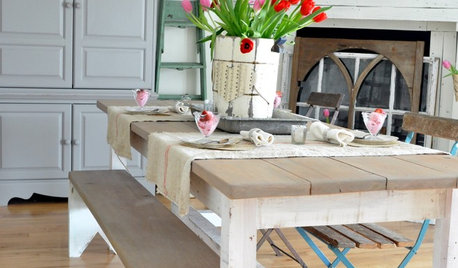
DECORATING GUIDESSpring Style: Fresh-Cut Flowers for Every Room
Graceful, lively or dramatic, fresh flowers make rooms of every shape, size and style that much lovelier
Full Story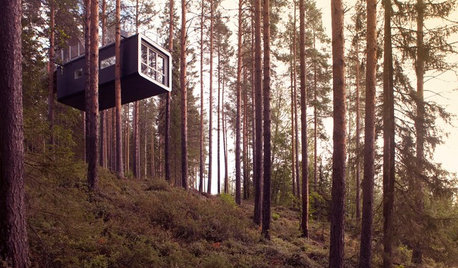
TRAVEL BY DESIGN11 Amazing Home-Away-From-Home Tree Houses Around the World
Go climb a tree — and spend the night. Tree house hotels and lodges are booming as exotic vacation alternatives
Full Story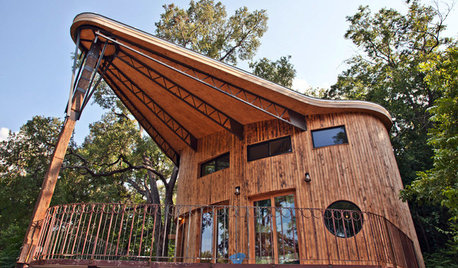
HOUZZ TOURSMy Houzz: A Reclaimed Wood House Rises From the Trees
Scorched siding, thoughtfully repurposed furnishings and a connection to both family and nature shine in this designer's new build
Full Story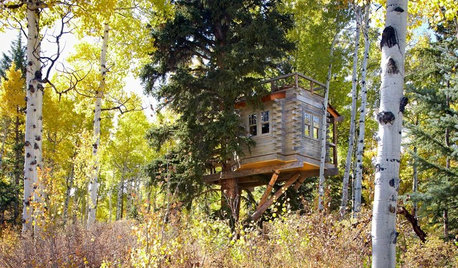
TREE HOUSESSwaying From Sleepovers to Dinner Parties in a Colorado Tree House
Folks of all ages have it made in the shade in this fun little house, thanks to electricity, a kitchenette and a rooftop deck
Full Story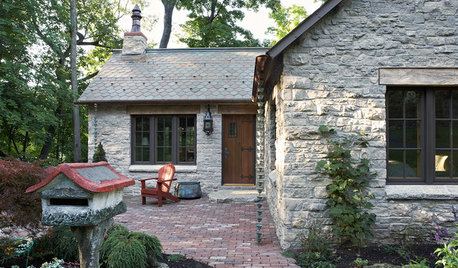
GREEN BUILDINGHouzz Call: What Have You Salvaged for Home Use?
If your floors, furniture, exterior materials or other home elements have a past life, we'd like to hear the story
Full Story
HOUZZ TOURSHouzz Tour: A Texas Home Gets a Healthy, Fresh Start
Mold eradication was just the beginning for this Austin family's home on a creek bed — toxins of all kinds now don't make it past the door
Full Story
FEEL-GOOD HOMESimple Pleasures: The Joy of Fresh Sheets
Make your bed a place of comfort and relaxation with good-quality linens, ample pillows and other pleasing accoutrements
Full Story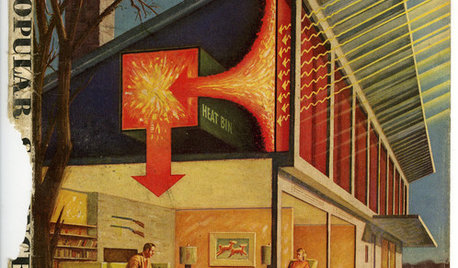
GREEN BUILDINGChampioning the Solar House, From the 1930s to Today
Homes throughout history that have used the sun offer ideas for net-zero and passive homes of the present, in a new book by Anthony Denzer
Full StoryMore Discussions






Kimmsr
lazy_gardens
Related Professionals
Alexandria Landscape Contractors · Belvedere Park Landscape Contractors · Lancaster Landscape Contractors · Milton Landscape Contractors · National City Landscape Contractors · West Haverstraw Landscape Contractors · West Orange Landscape Contractors · Weymouth Landscape Contractors · Maplewood Landscape Contractors · Baker Decks, Patios & Outdoor Enclosures · Grafton Decks, Patios & Outdoor Enclosures · Kernersville Decks, Patios & Outdoor Enclosures · Saint Louis Park Decks, Patios & Outdoor Enclosures · Schaumburg Decks, Patios & Outdoor Enclosures · Scotts Valley Decks, Patios & Outdoor Enclosurestoffee1Original Author
hepatica_z7
dottyinduncan
borderbarb
idaho_gardener
toffee1Original Author
helenh
toffee1Original Author
helenh
Kimmsr
toffee1Original Author
gardenfanatic2003
scotty66
bpgreen
toxcrusadr
coconut_head
scotty66